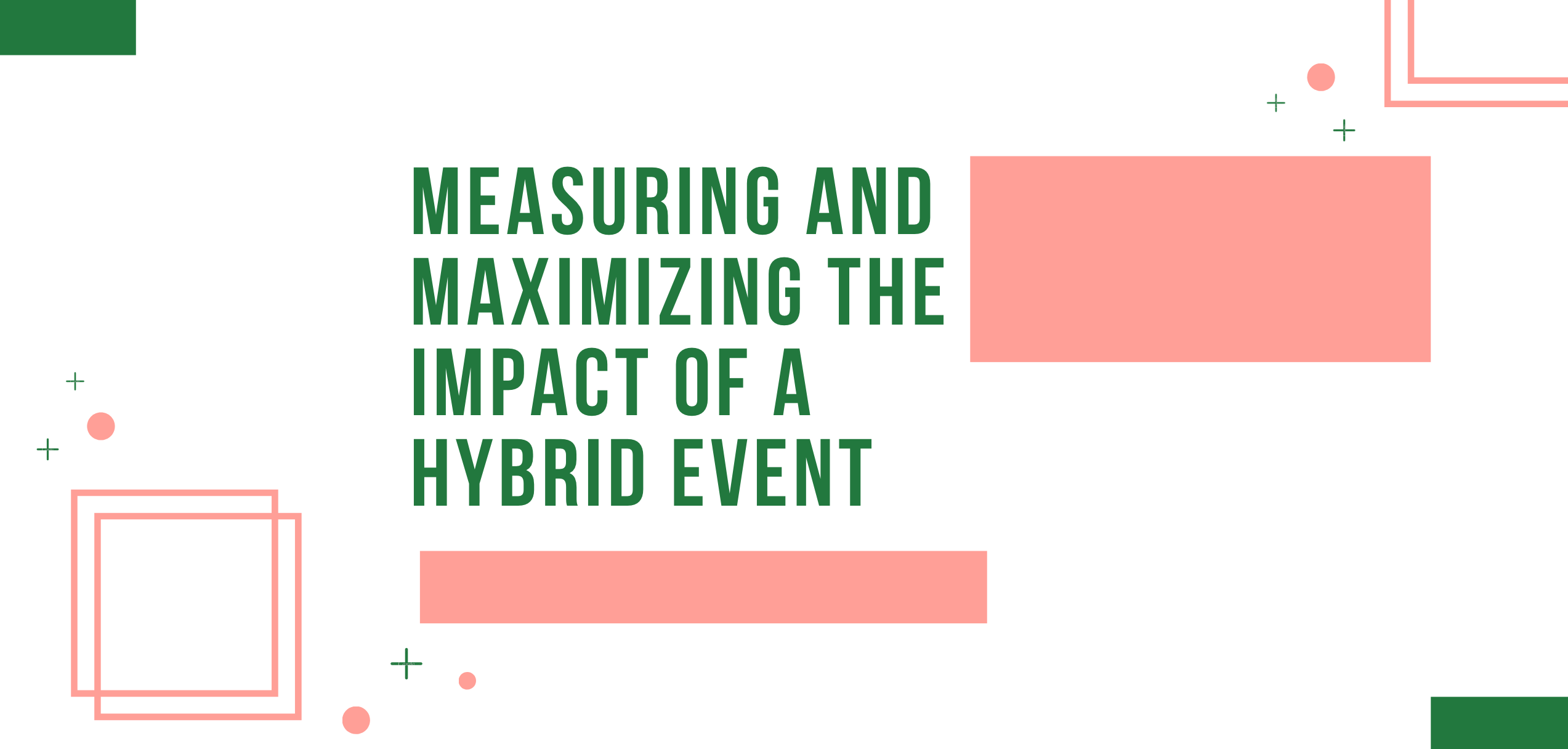The Virtual Edge Summit 2010, a hybrid event that featured both a physical presence at the Santa Clara Convention Center and online on over 5 technology platforms took place in February of this year. The conference provided educational content within a full range of virtual event and meeting disciplines – from creation, planning, production, and follow-up.
Research of both in-person and the virtual audience was conducted by the firm ROI of Engagement, and it produced data that can yield beneficial planning guidelines in successfully executing a hybrid event.
Here are three key categories of hybrid event implementation that surfaced as a result of attendee input from The Virtual Edge Summit;
Technology Platforms
There is nothing quite like a limousine ride to a destination, leather seats, tinted glass, and rock star treatment. The limo ride comes at a price and a high level of ‘cater to me’ expectations. And the other end of the spectrum is the raw simplicity of the cab ride- a ‘get in and get there’ approach to the destination. Here then is where you build your attendee experience vehicle and the consideration of a multitude of technology tools to deliver the best experience. A suggestion is to prioritize in the below order the needs of your constituents in order to draw decisions;
- Attendees- how will they best be served in consuming and archiving the content- do they learn best via streaming video?, what social media/networking options are appropriate? how can they collect and later retrieve content from the event?
- Sponsors- now take these Attendee ‘need ingredients’ and place them alongside potential technology tool vendors. The challenge and opportunity is building an end-to-end solution with the right amount of technology to serve attendee needs.
- You- If you clear and committed to the best attendee experience possible- everything else flows to you. You are in control of the event budget. You then are enabled to orchestrate a technology platform that includes vendors who can deliver the best solution and have a desire to participate as a sponsor. You can create desire and urgency amongst potential providers/sponsors by know what tools you need- then seeing which ones willing to provide the most to serve your needs.
At the virtual Edge Summit in 2010, we offered 5 different online event experiences so that our virtual attendees could compare the various platforms and experiences. We would NOT recommend this to anyone else. Although many people appreciated this unique opportunity, some found it confusing and unnecessary. We also had our challenges with this choice especially in isolating our audience across several platforms without a common cross-platform social media tool (other than twitter).
We may offer this experience again but we have decided not to offer this for the Virtual Edge Summit 2011 (January 12-13 at the MGM Las Vegas Convention Center). The 2011 hybrid will focus on delivering an outstanding user experience with a tight integration of physical and virtual audience.
Networking Integration
An important finding from The Virtual Edge Summit was the importance of networking at large, and how to best integrate networking between in-person and virtual attendees. Those who attended the summit in-person found networking opportunities to be acceptable, yet in contrast those who attended virtually reported that networking opportunities were not acceptable to their needs. This finding leads us first to answering the question what their networking expectations are, and how then do these expectations translate in an effective virtual environment execution. Once a foundation of networking requirements are identified, you can build a new and better solution for virtual attendees by offering both in-person and virtual peers networking avenues.
The issue of multiple virtual venues will be addressed for the 2011 event.
Virtual Attendee Tutorial
I for one never read instructions to put together – anything. Just blow open the box, try to build it from blind ignorance, get stuck, and then blame the manufacturer. A wonderful experience for all involved. Whether or not your attendees have attended a virtual event before, assume that they have not and sufficiently prepare them for the event experience. This means a dual responsibility exists between virtual event producer and attendee. The first proactive step needs to be taken by you, the event producer. The ‘instructions’ you put forth for attendees will have win/win ramifications. The objective is to educate attendees on virtual event navigation, tool usage, and outline and encourage behaviors appropriate for your event community.
Which elements of ‘instruction’ lend themselves to beneficial behaviors? As an example- when instructing on how to engage with a sponsor’s virtual booth- you can provide communication tips on how they can get the most from the interaction. In this manner, both attendee and sponsor are encouraged to heighten their level of focus, engagement, hence mutual satisfaction. General guidelines about appropriate or acceptable behavior should also be included.
In addition to the valuable input that attendees provided from The Virtual Edge Summit- the caliber of educational sessions was also extremely high. We encourage you to bolster your continued learning by visit the archived sessions provide by this link to view these best-practices input by enterprise and media marketers and to download the Measuring and Maximizing the Impact of a Hybrid Event.
